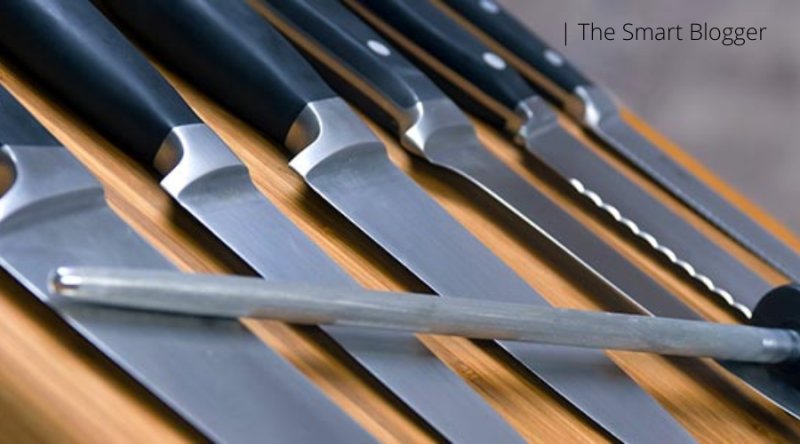
Knives
Sometimes the useful life of knives can be compromised when they lose their edges; however, washing them by hand as well as storing the knives correctly allows their blade to have greater durability. A good quality knife has a life of many years if we use it correctly.
Here are some tips that you can put into practice so that there are no more reasons to throw away knife that can still be used.
What every Person should know about the sharpness of their knives
When you buy a knife, you get what you pay for, so we are going to ask you to invest in the best quality knives you can afford and buy them from a trusted dealer, remember that at shieldon we have an extensive catalog to offer you.
A fully forged carbon knife is the highest quality knife you can buy. High carbon stainless steel wholesale knives are pretty good too.
Ordinary stainless steel knives aren’t as good and won’t last as long, but any knife will last longer if you take care of it properly (and most people don’t care about their knives as well as they should).
What should you do to maintain your knives correctly?
Washing knives is not always the best option, you could cause rust! Before you decide how to store your knife, there is one thing you should always keep in mind if you want your knives to stay sharp. Washing a knife is not always the best option! At least not in the dishwasher!
A knife edge is made of steel and iron, the most important component of steel, which breaks down when exposed to heat, water, salt, and chemicals. Therefore, you should always wash the knives by hand, if you want to extend the life and sharpening of them.
Reasons why you should not use your dishwasher
Dishwasher soap contains abrasives that affect sharpness, plus some have salt in their ingredients so it doesn’t clump, salt can create ugly stains on the edge. To improve the maintenance of your pieces, and as happens with a kitchen utensil drawer, during the washing process the blades hit other cutlery and can be damaged.
Even if the knife is in place, the strong jet of water can cause the sharp edge to damage the plastic of the dish drainer. Another point to consider is that the heat during the drying program can affect the properties of the steel. And we must not forget that it is easy to get hurt by a knife that is in a dishwasher.
Use a magnetic stripe to keep the pieces
A magnetic strip is a convenient way to store knife. Put it on the wall above the place where you usually use the knives and it is easy to reach and hang them again. Be very careful not to scratch the edge of your knife against the rail when you remove the utensil, as the edge of the blade is easily blunt in that motion. Be careful when storing knives!
Hangs knives vertically preserving the angle
You can also place the magnetic strip vertically, if there is no space elsewhere. It provides space for the same number of knives and is a practical way to use the side walls of a kitchen cabinet. That way your knife will be better preserved and always clean any dust residue with a cloth.
Goodbye to the drawers to avoid wear
Don’t keep your knives in a drawer with a lot of metal objects, like the kitchen utensils drawer. The edges of your knives will bang against other metal things, damaging and dull the edges of each knife.
You can make a special drawer for your magnetic strip knife holder that way you avoid knives hitting each other in a traditional drawer.
Putting knives next to spoons, forks and other kitchen utensils will only cause the material to become damaged and the blades to become completely dull.
Use the right knife for each task
Don’t use your bread knife, yes… the one with serrated teeth, to chop and dice fresh tomato. Don’t even use a boning knife to cut the bread. Instead, use a chef’s knife (also called a French knife) to chop, cut, and slice.
Use a paring knife to peel, cut, and slice small items. A bone knife is for cutting meat and poultry.
A fillet knife is excellent for cutting fish. And unsurprisingly, a bread knife is literally for use.
Other tips to keep in mind
- Do not cut on a plate, marble or glass cutting board as this can dull the knife, use a wooden or plastic cutting board.
- Remember not to “scrape” the cutting board with the edge.
- Instead, turn the knife around and scrape with the back of it, this will reduce the amount of wear.
- Do not cut frozen products or bones, as small pieces may break off the thin edge of the cutting blade.
- Never try to catch a dropped knife, it’s better to have it fall to the ground than to cut yourself with it.
- Do not use the knife as a screwdriver (we know many do) it is a kitchen knife, nothing more!



